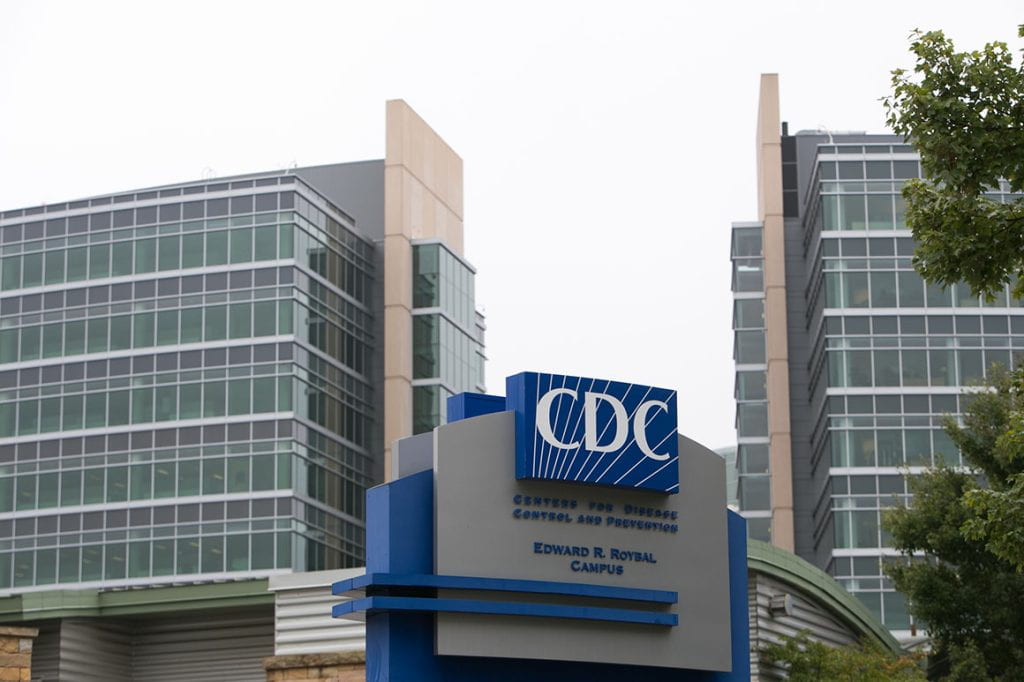April 30, 2024 | Miriam Calleja, Kimberly Randall
Background
Of the five million people residing in the state of Alabama, approximately 22% reside in rural areas. Many parts of the state lack adequate access to healthcare facilities, particularly specialty services like maternity care, neurology, and surgery centers, resulting in patients traveling to metropolitan areas such as Birmingham, Montgomery, or Huntsville for care. This poses a logistical, and often economic, strain on patients as they are forced to account for the mileage, transportation, and time necessary to drive sometimes several hours for treatment. Research suggests that this problem will only continue to worsen, as a concerning new report by The Center for Healthcare Quality and Payment Reform highlights that more than half of 52 rural hospitals in Alabama are at risk of closing, with 19 of these deemed to be at “immediate risk” of shutting doors.
According to the USDA Economic Research Service, rural Alabamians make approximately 14% less in household income than their urbanite counterparts, with 19.7% of rural citizens falling below the poverty line. Additionally, over 17% of the rural population did not complete high school, resulting in lowered rates of health and economic literacy.
Hospitals in rural areas are often underfunded, facing unique financial challenges such as increased labor costs and decreased numbers of private insurance payers. While rural hospitals reported increased profit margins during the COVID-19 pandemic due to the influx of government funding, that funding has largely dissipated, leaving many facilities in weakened financial standing. Currently, rural hospital margins are significantly worse in states that have not expanded Medicaid under the Affordable Care Act, including Alabama.
Proposed Legislation
In response to the looming rural health infrastructure crisis, Alabama lawmakers are calling on individuals and businesses to support rural health institutions through the Rural Hospital Investment Program. House Bill 310, championed by Representative Terri Collins, introduces an incentivizing tax credit solution aimed at stimulating financial contributions to rural hospitals. Under this initiative, taxpayers who donate to these hospitals can earn a dollar-for-dollar reduction on their state income tax, potentially reducing their liability by up to $15,000 annually for individuals. Married couples filing jointly can see this benefit doubled, while businesses could reduce their owed state income taxes by up to $500,000.
According to the bill, “qualifying hospitals would use the gifts to pay for their provision of acute care services to rural populations served by the hospitals. These funds may be used not only for direct care and operational expenses but may include expenditures to maintain or upgrade facilities.” Additionally, the legislation proposes a board within the Office of State Treasurer to determine the eligibility of qualifying rural hospitals and to operate the program as a whole.
Impact
The Alabama Hospital Association says the need for additional funding opportunities in rural health infrastructure is immense and could make a significant difference. Currently, smaller hospitals don’t have the means to help every patient. This tax credit program encourages greater community and corporate involvement in the healthcare sector and represents a lifeline for these rural hospitals teetering on the brink of closure.
A similar program was established in Georgia, which faces similar rural health challenges, which has seen remarkable success in the last year. Called the Georgia HEART Tax Credit Program (Helping Enhance Access to Rural Treatment), $367 million has been donated to eligible rural hospitals since 2017.
In the Alabama legislation, the donations would be capped at $80 million a year. There is some concern over the economic impact of the state’s Education Trust Fund, which is the largest operating fund in Alabama used for the support, maintenance, and development of public education. This week, the Alabama Senate is debating the $9.3 billion budget plan passed by the House on April 17th, which runs from October 1, 2024 through September 30, 2025.
Next Steps
This is the second year that this legislation has been proposed. Currently, HB310 is awaiting a hearing in the Ways and Means Committee in the House of Representatives. If given a favorable report, the bill would then be scheduled for debate on the House floor later this week.
The end date of the Alabama legislature is May 5, 2024.
Learn More
Want to know more about rural hospital infrastructure and how policy impacts health outcomes? Take a look at these resources:





 The first wave of letters containing Census forms were mailed out to approximately 140 million households two weeks ago and last week those letters were followed up with reminder letters for households that had not already responded. If you’ve been busy and haven’t gone through the pile of mail on your kitchen counter, stop everything, find the letter, and fill out the form either online (
The first wave of letters containing Census forms were mailed out to approximately 140 million households two weeks ago and last week those letters were followed up with reminder letters for households that had not already responded. If you’ve been busy and haven’t gone through the pile of mail on your kitchen counter, stop everything, find the letter, and fill out the form either online (